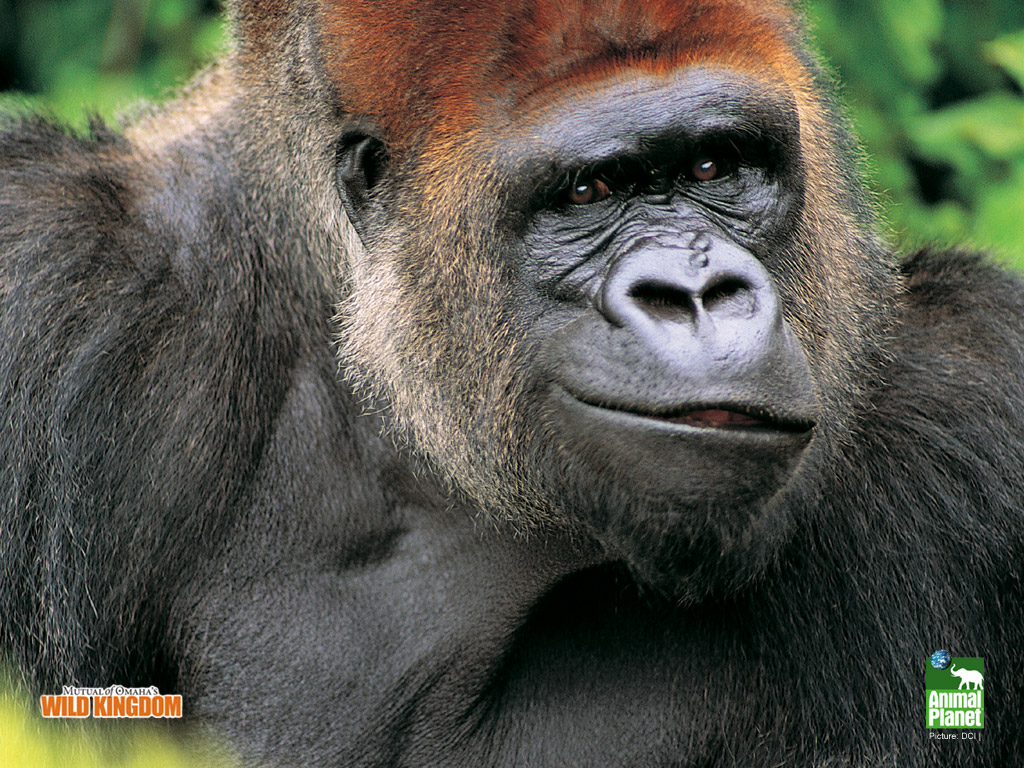

After analyzing damages caused by time, exposure, and previous restoration materials, they made repairs that included inpainting skin where there was a significant loss of fur. For this, they drew on methods devised by Carl Akeley, including creating a plaster cast from a detailed clay model.Ĭonservators also used microphotography and modern analytical technology to identify hair, skin, the resins Walters used to replicate skin, and materials used to create the plaster form.

Bushman’s very lifelike appearance is partly the result of a skin replication process that taxidermist Leon Walters invented right here at the Field.Īlong with Walters, taxidermists Joseph Krstolich and Frank Wonder shaped a hollow form that would make Bushman’s body and pose as realistic as possible. Thanks to archival documents, images, and even film, we have a good idea of how the specimen was originally preserved in 1951. Though Bushman returned to Lincoln Park Zoo to be placed on display for a short time, the Field became his permanent home. Taxidermists and artists carefully preserved the specimen, ensuring that it would last for future visitors. Thousands of mourners brought flowers to his empty exhibit.įollowing his death, Lincoln Park Zoo transferred the gorilla’s remains to the Field Museum. Passing and preservationīushman died of a heart illness at the age of 22 on New Year’s Day, 1951. Allegedly, Bushman even received an unusual gift: a tire from Adolf Hitler’s car. A Bushmanite Society even sprang up.ĭuring World War II, Bushman became a symbol of strength for Chicago-born soldiers, and the United Service Organization awarded him a citation as a thank-you for boosting morale. Some fans went so far as to wear the same clothes to the zoo every time they visited, hoping that he would recognize them. Although pop culture- King Kong comics and films-depicted gorillas as savage and dangerous animals, Bushman was universally adored. It wasn't long before Bushman earned a place in Chicagoans' hearts. The quality of his care provided an early model for other zoos. Over time, the gorilla became even more of a rarity when Bushman reached six years old, he’d lived longer than most gorillas typically survived in human care.

At the time, the biology of gorillas was still a mystery to zoo caretakers, and Robinson kept a watchful eye over Bushman. Zoologists and biologists took an immediate interest in Bushman. Their children especially enjoyed the ape’s company, teaching him to do tricks like brush his hair and ride in their toy car.

The missionaries looked after the young gorilla. Some say he wandered out of the forest on his own others claim local hunters captured him after wounding or killing his mother. In 1928, a group of American missionaries found a young gorilla in Cameroon, Africa. He arrived at the Field in 1951, but his story starts well before that. After making an impact on zoo-goers for over two decades, Bushman now helps us teach about gorillas and protecting these magnificent animals. At the time, he was perhaps the most famous gorilla in the world: the American Association of Zoological Parks and Aquariums (now the Association of Zoos and Aquariums) deemed him “the most outstanding and most valuable single animal of its kind in any zoo.” An estimated 100 million people came to see this great ape over the course of his life.īushman sparked an interest in wildlife for many, including Chicagoans who hadn’t traveled far from home and certainly had never seen a gorilla before. He’s pretty hard to miss.īushman was the first gorilla to live in Chicago, spending most of his life at Lincoln Park Zoo. As you walk through the doors at our East Entrance, you may notice a western lowland gorilla seemingly standing guard.


 0 kommentar(er)
0 kommentar(er)
